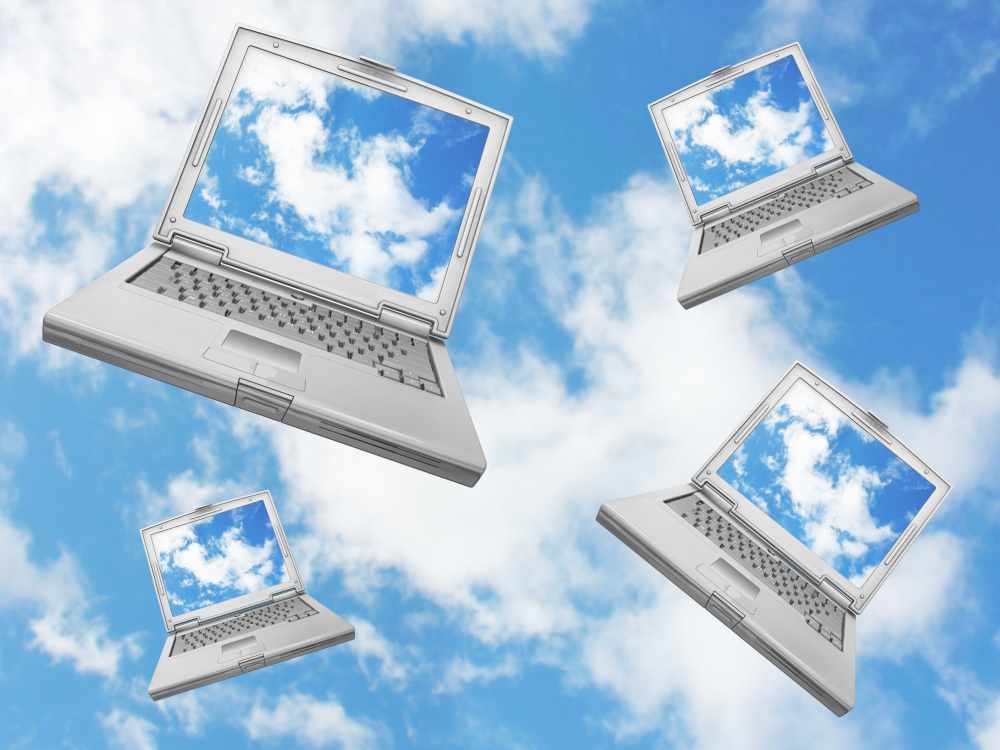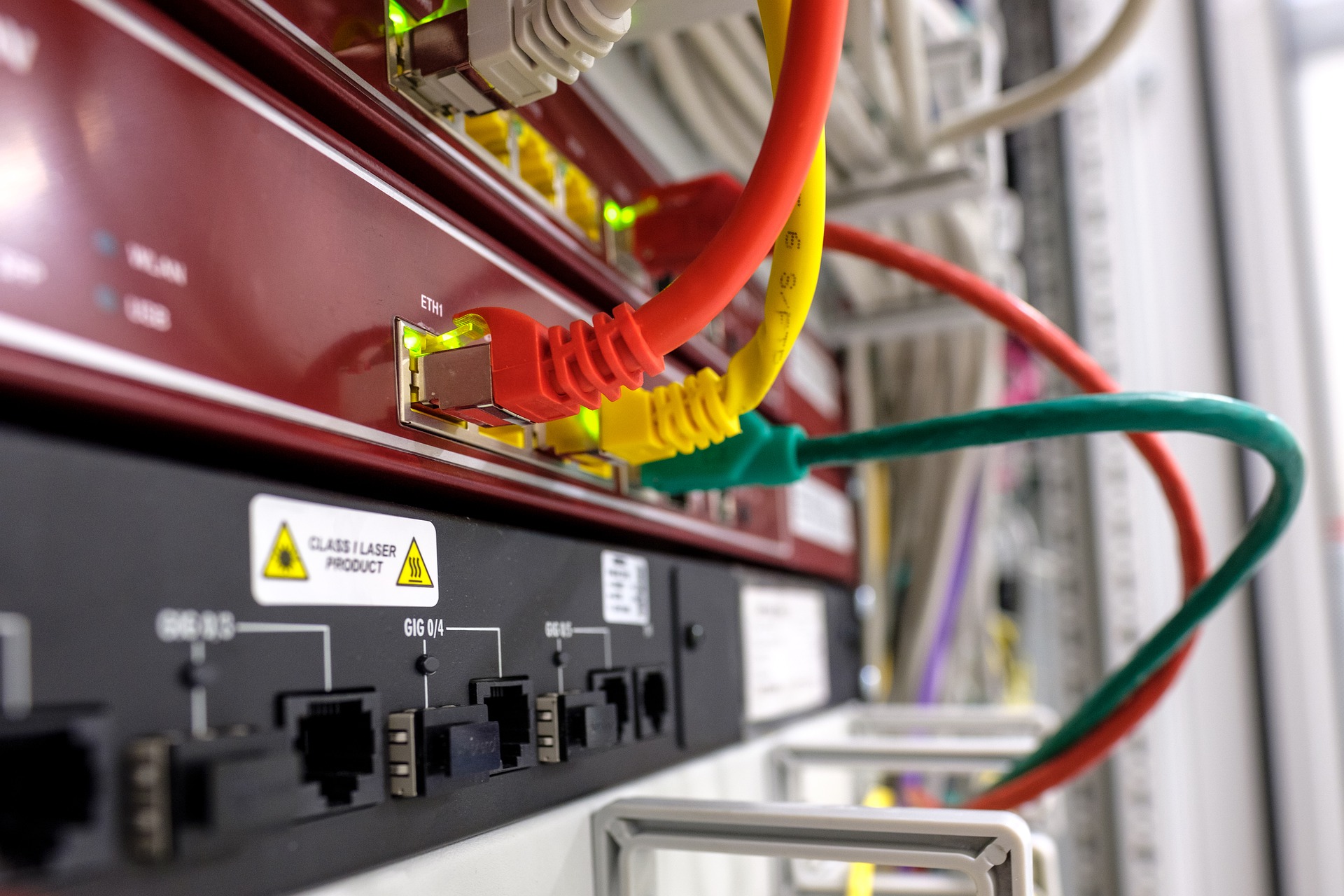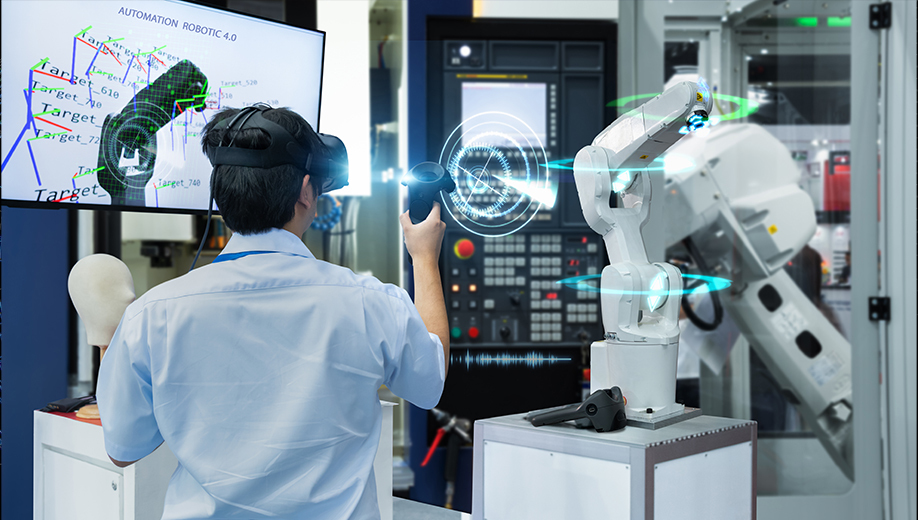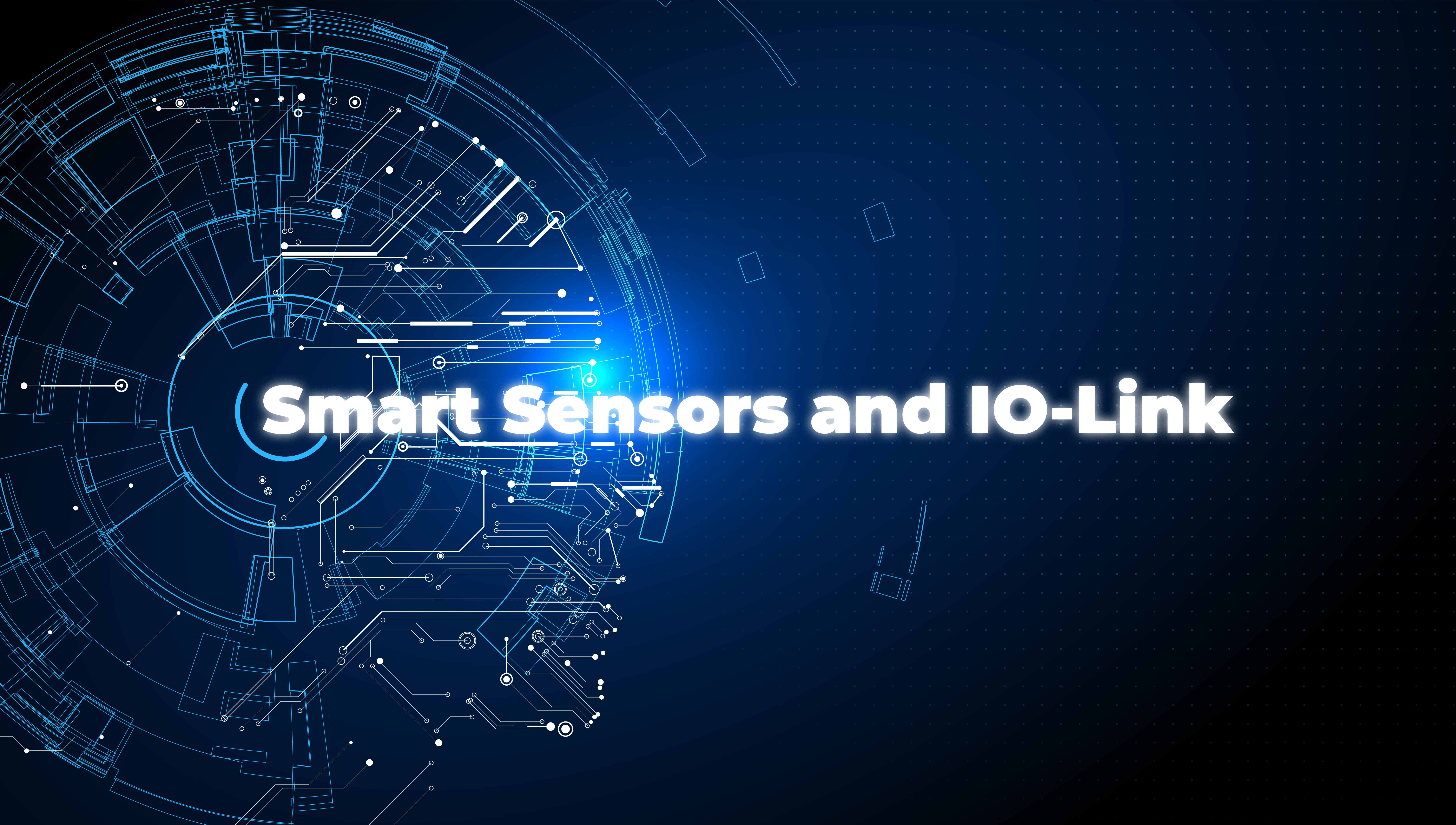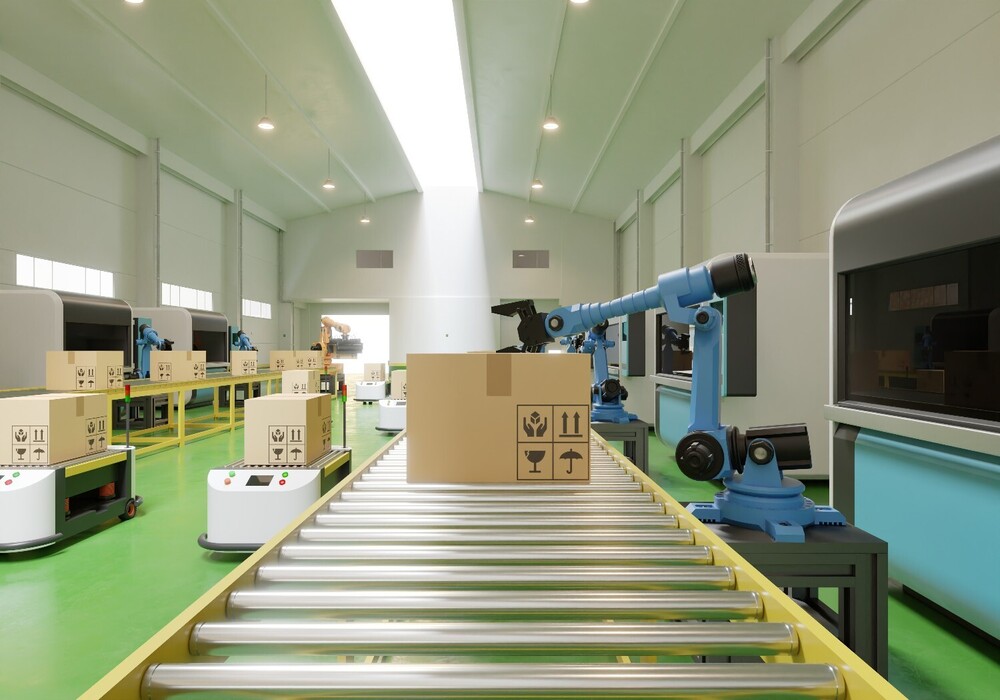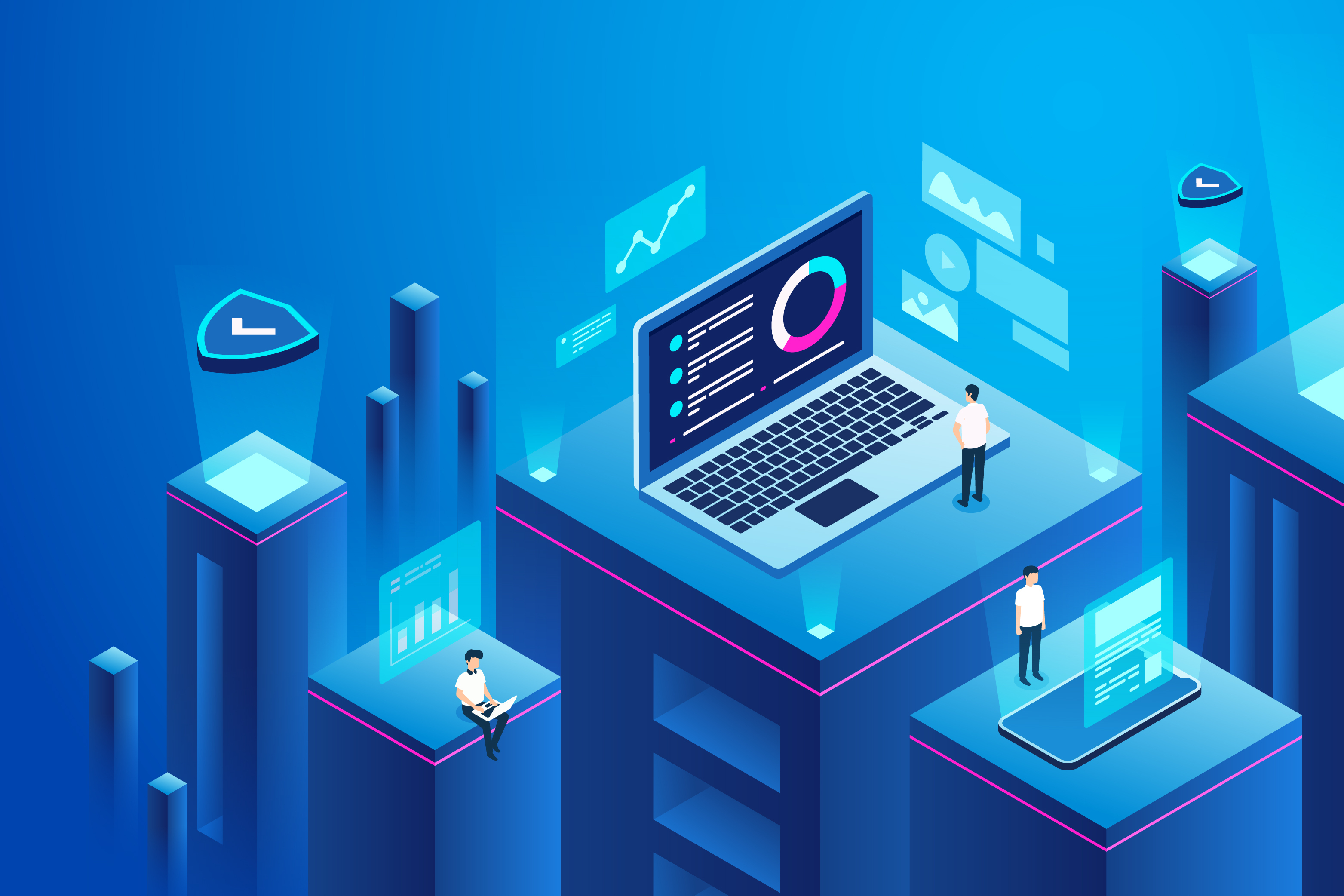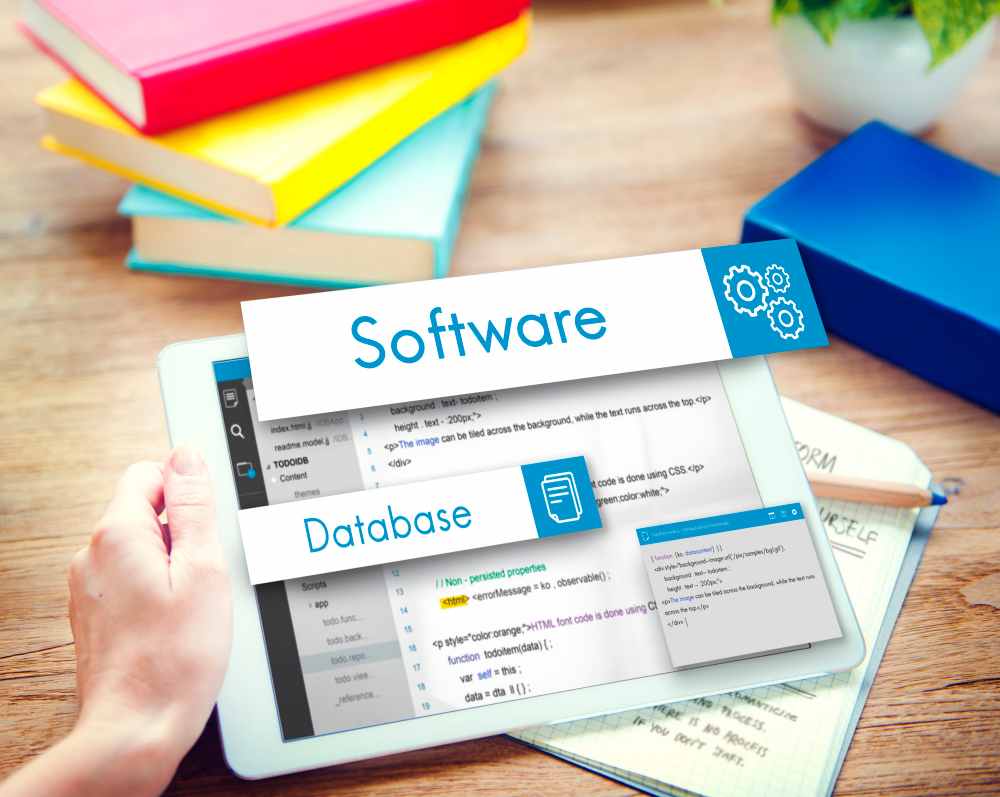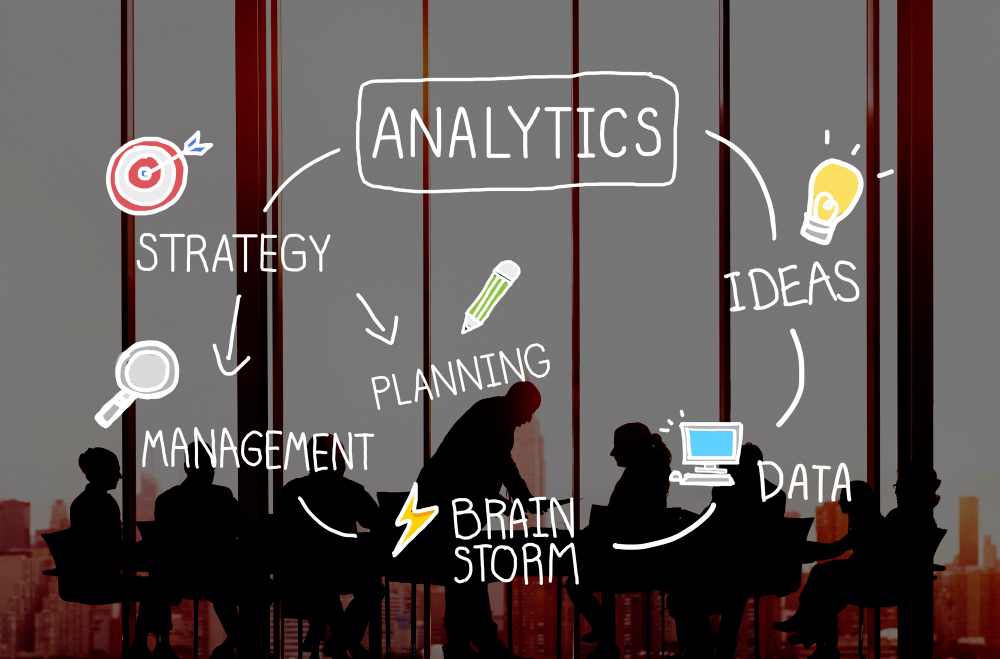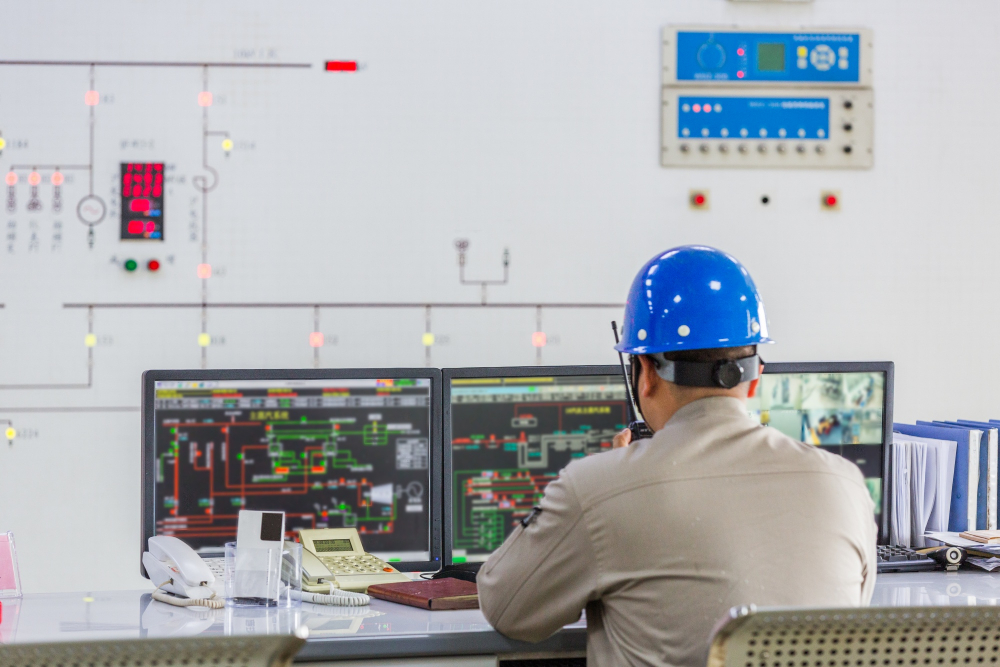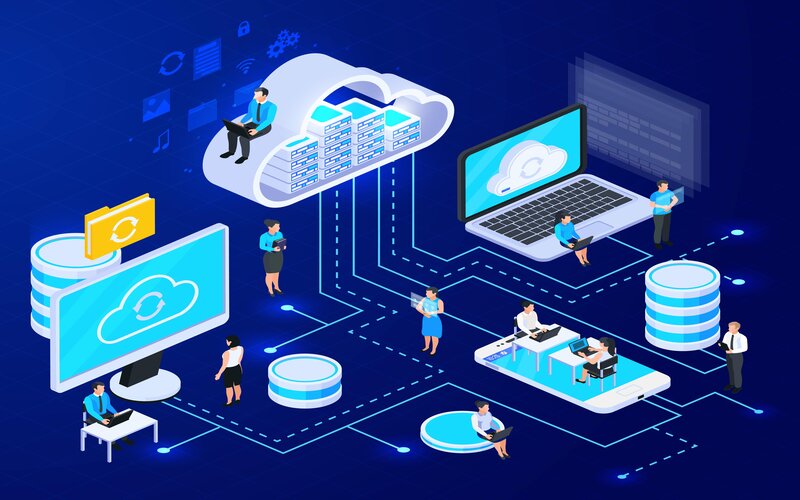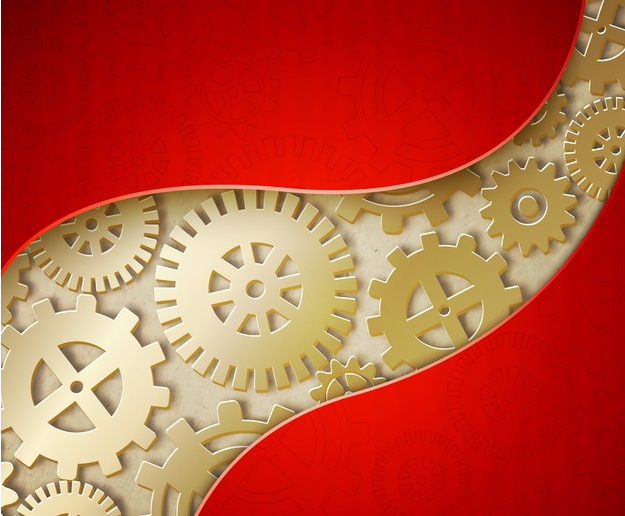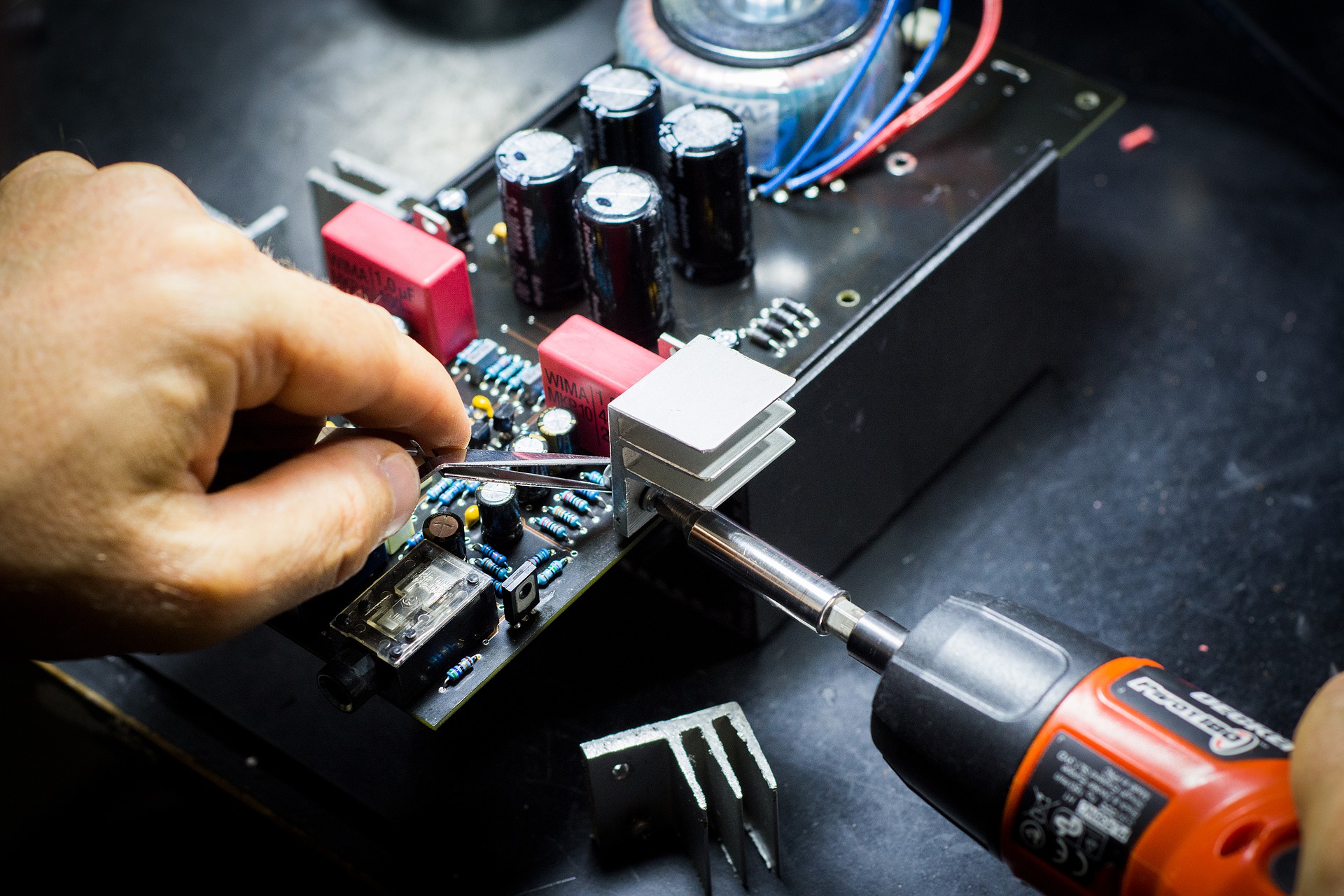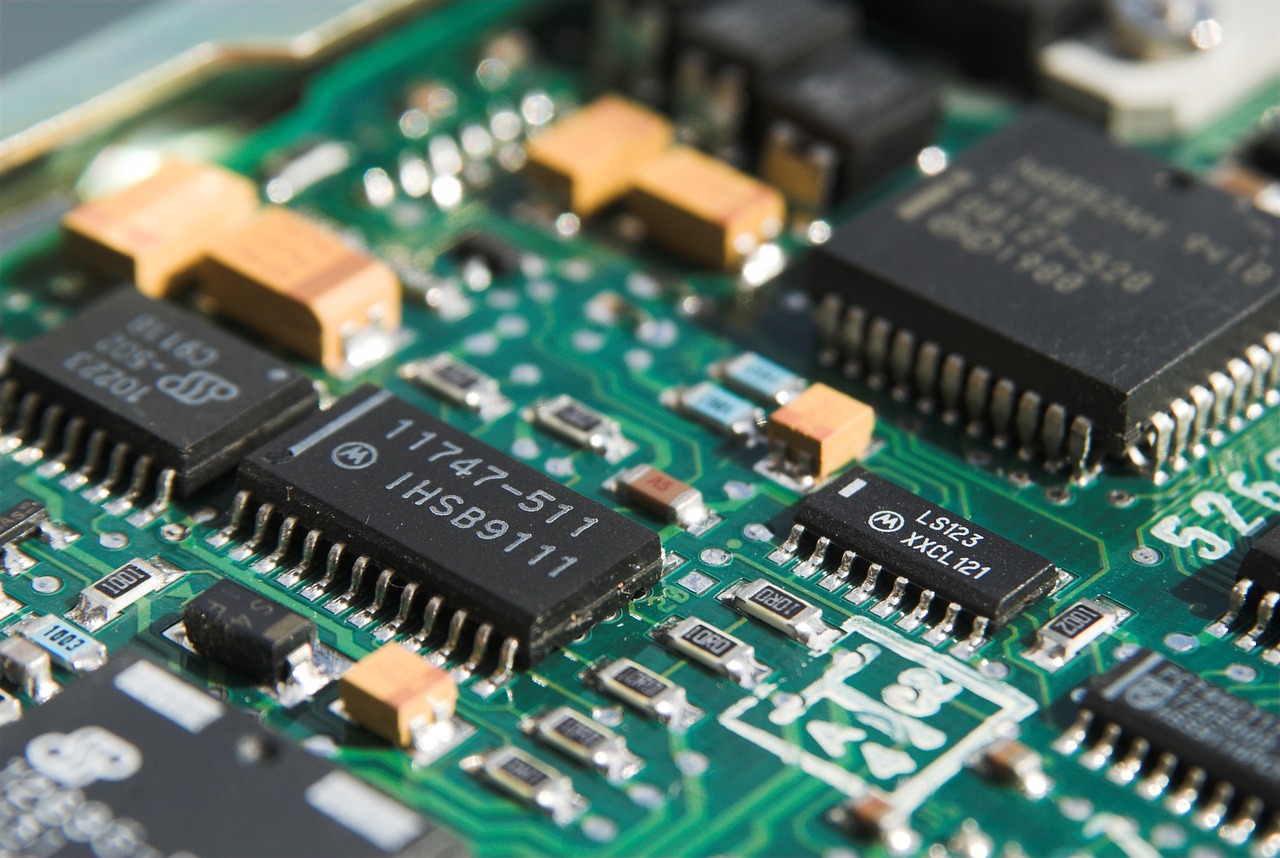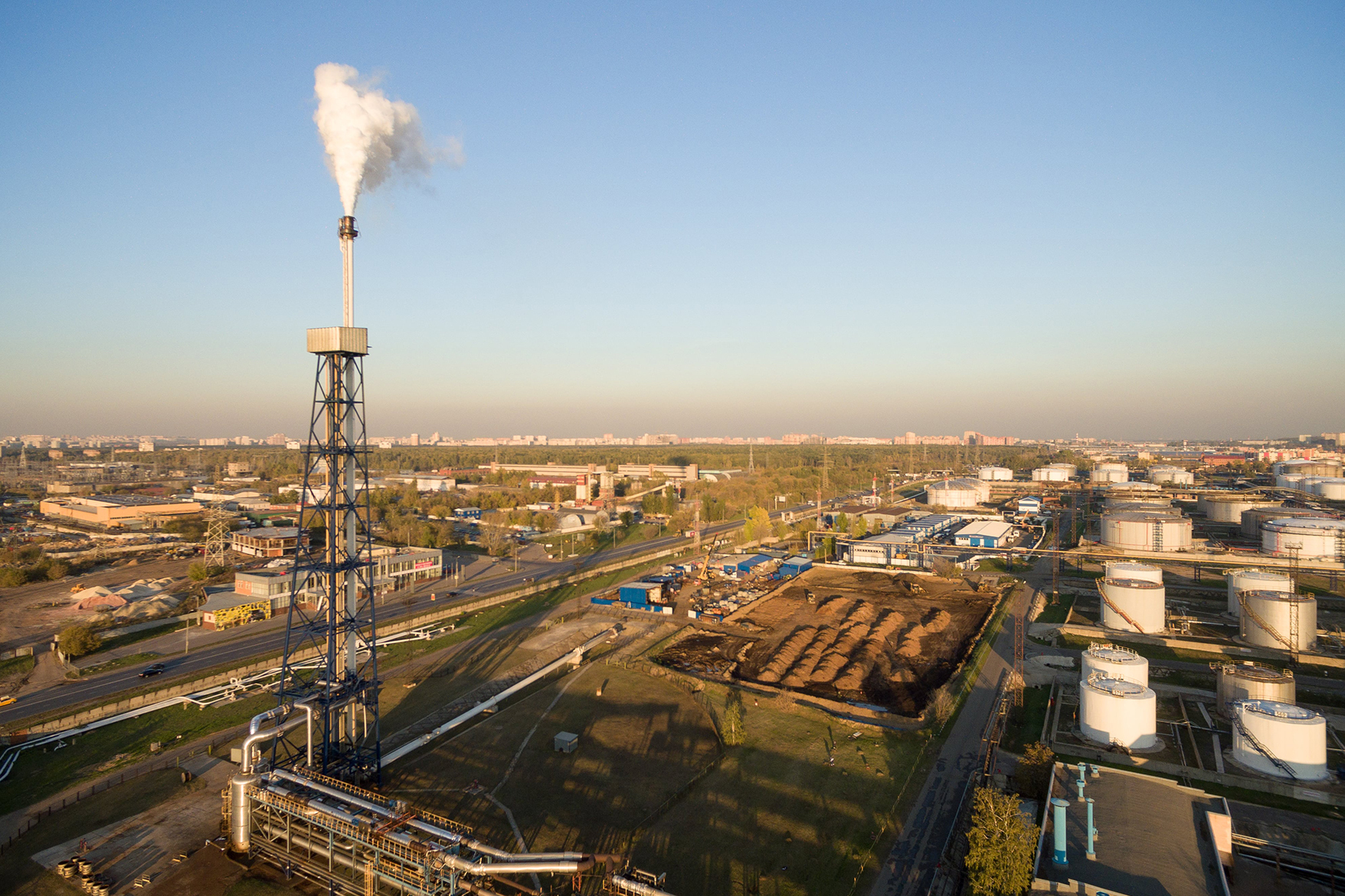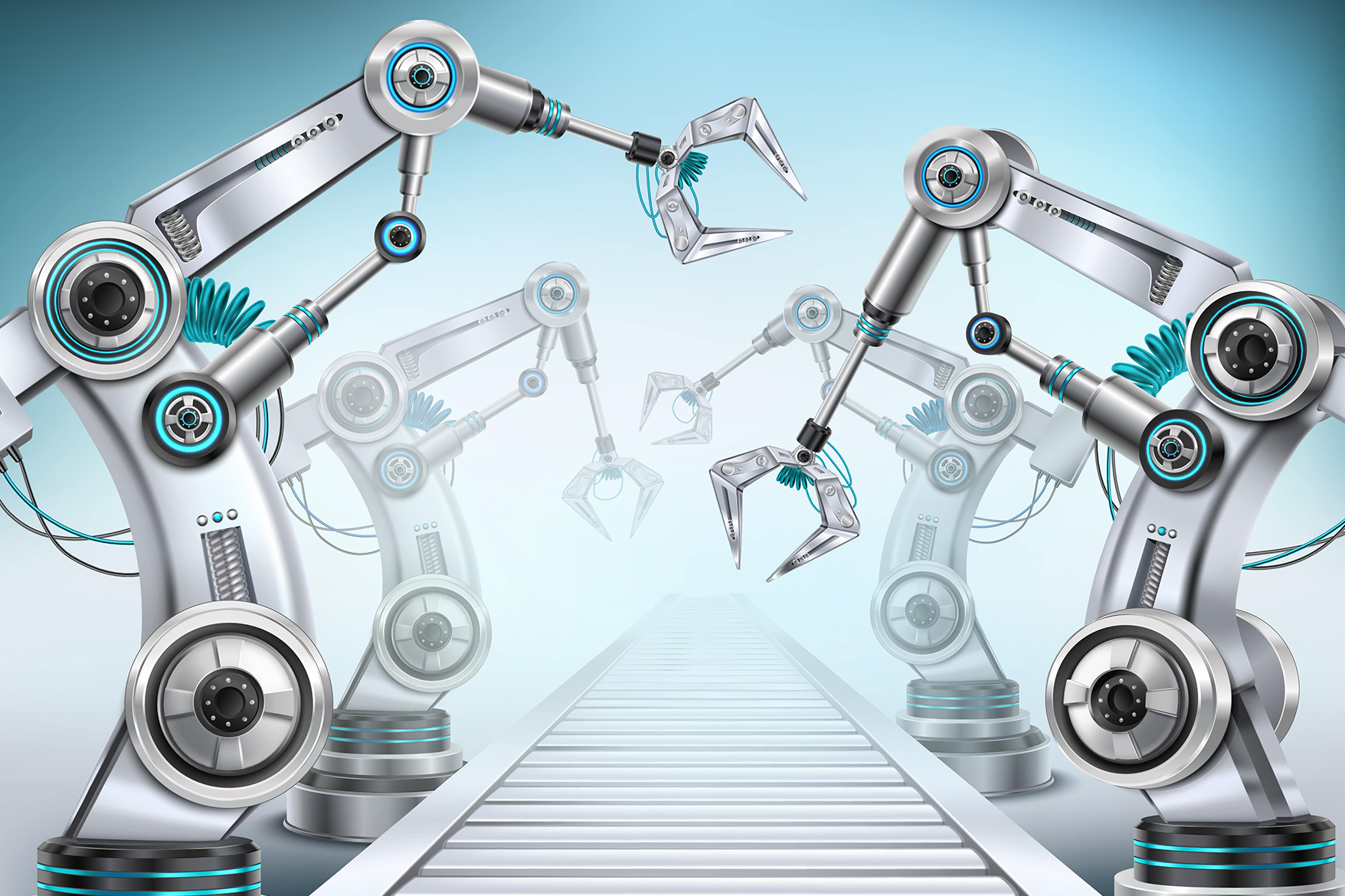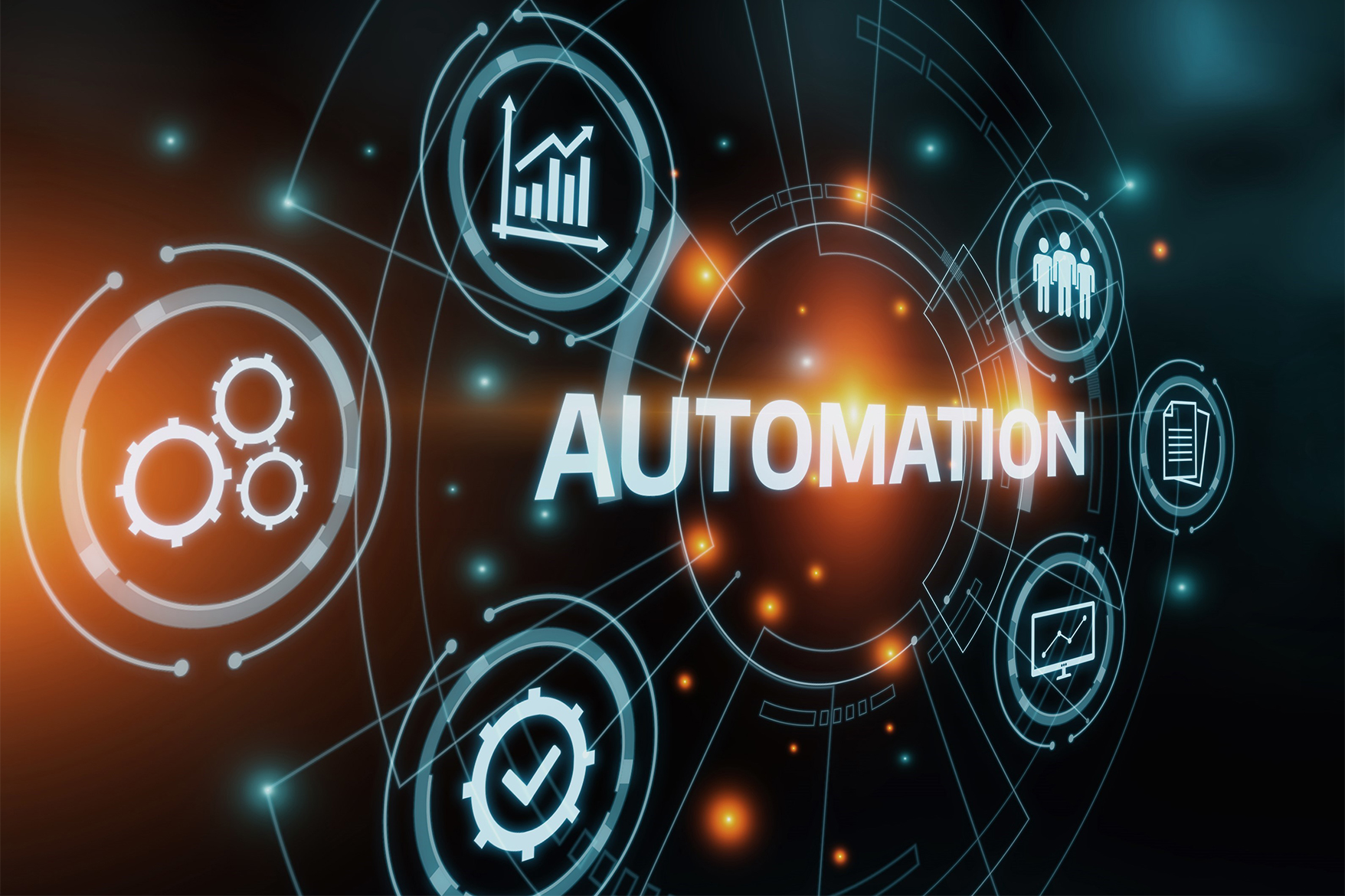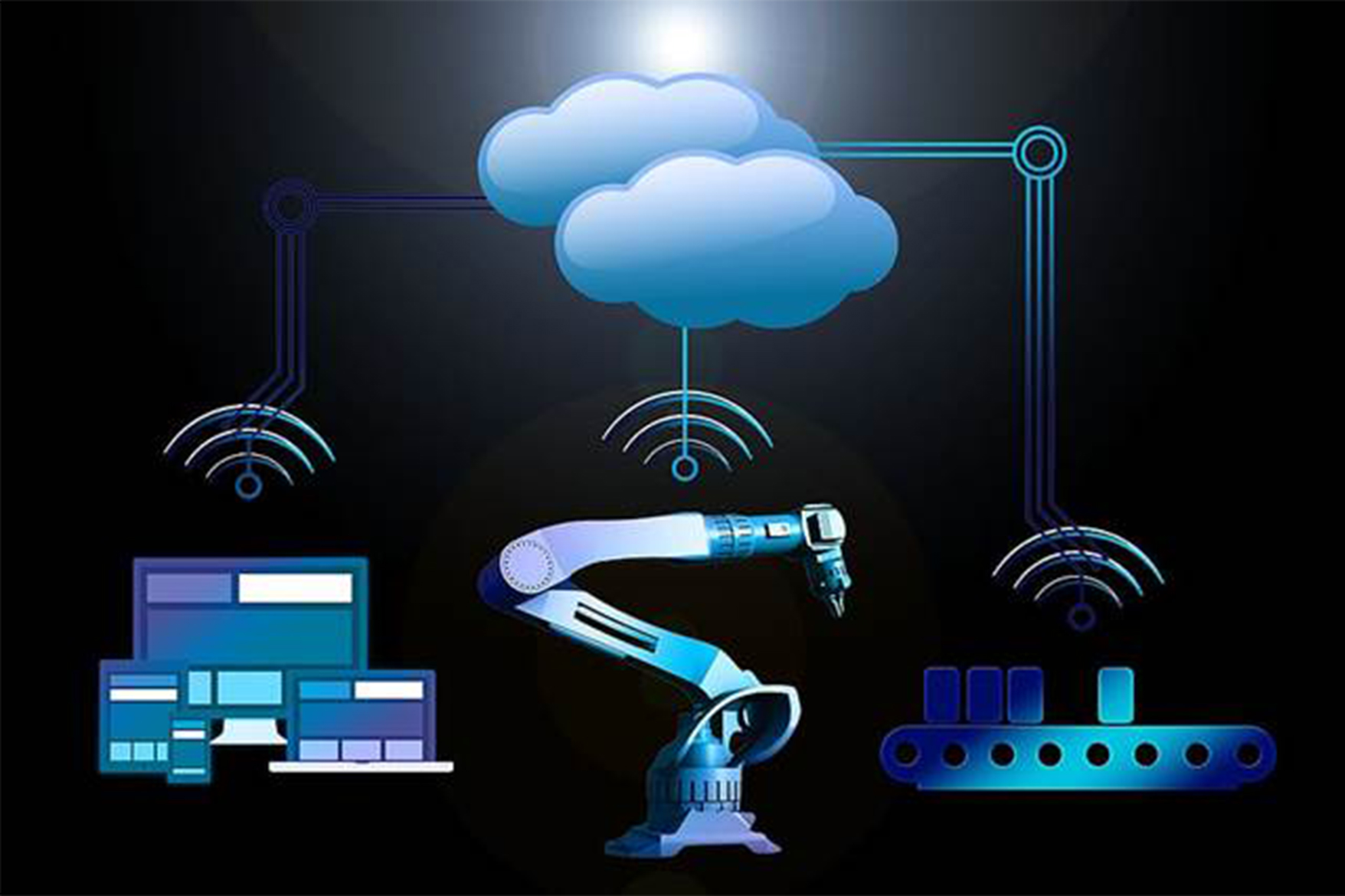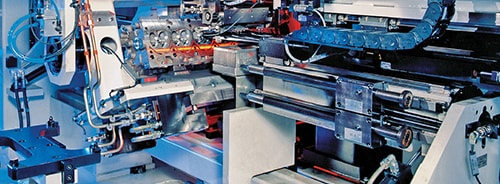Industries are gearing up to embrace the changes that IR4.0 demands, which has pushed the need to modernize their existing services and system portfolio.
Adapting legacy systems such as SCADA, DCS to the service-oriented digital streams is a challenging task for companies, especially those in the manufacturing sector. One of the major concerns while adapting the new-age automation systems is to re-engineer the existing systems and upgrade them to a newer version. This upgrade is referred to as ‘Migration’.
When the migration strategies of the legacy applications make use of cloud computing technology, the whole process is referred to as cloud migration. Simply put, cloud migration is the process that essentially involves cloud integration of legacy applications by formulating process objectives that aim to deliver desired functionalities and improves efficiency in processing the data.
The cloud application development of legacy applications is generally carried out on a large scale, as it includes both infrastructure and applications. The outdated legacy systems lack robust security. The cloud integrations make these applications secure against data breaches and failure.
Not only this, migrating legacy systems to the cloud makes them more agile and scalable to meet the real-time needs of the consumer. However, a single mistake during the cloud integration could interrupt the industrial processes and cost heavily to the organization.
To avoid such a situation, you need to understand what could go wrong while migrating legacy applications to the cloud. In this blog, we will discuss the factors that must be considered and also the crucial mistakes you need to be careful of during the cloud migration process.
What are factors to be considered while migrating applications to the cloud?
Most of the legacy applications are mission-critical industrial systems but lack basic data security, and futuristic vision. These often cannot be replaced by new technology as it would not only increase the operational costs but also hamper the industrial processes.
Therefore, data migration services help these organizations in shifting the legacy system safely to the cloud, to make it more scalable, agile to the emerging needs and cloud technologies.
To attain the goal of cloud migration, product engineering companies are leveraging DevOps services so that they:
- Reduce time to market of the product
- Meet customer demands
- Lower the costs related to:
- Product Development
- Product Testing
- Deployment
- Operations
With the cloud migration services, businesses can take the best foot forward in modernizing their legacy systems. Some of the major factors that these services consider while shifting legacy applications to the cloud are:
- Understand existing systems using the documents available, plant design, and system interfaces.
- Analyze business needs and prioritize the legacy applications accordingly. The main motive of moving applications to the cloud is to increase productivity. So, the ones that matter the most in this context, must be given the highest priority.
- Analyze risks associated with migrating legacy applications to the cloud. It helps in monitoring the possible sources of cloud integration failure and take proactive actions accordingly.
- Performance monitoring is a must. Your cloud integration strategy must include a blueprint of how you are going to track the performance of the legacy systems during and after their transition.
- Proper closure helps in evaluating the cloud migration project in terms of performance, KPI, and other relevant metrics. These give you an insight into how cloud migration services have helped your business grow and at what scale.
Cloud and data integrations with your legacy application decide how well your manufacturing plant is ready for the fourth industrial revolution. However, there are few common pitfalls you must look out for while carrying out the same.
5 mistakes to avoid while migrating a legacy application to Cloud
Here’s what you need to be careful of while modernizing your legacy applications.
- Limited understanding of technical and business requirements
- Overlooking the importance of risk assessment
- Lack of visibility
- Overlooking the security aspects
- Lack of technical support
Switching to newer technology can be overwhelming. However, you must never overlook the importance of research. You need to have a clear understanding of your business goals and the industrial process. For this, you must look into the operational characteristics of your plant and decide the systems that need the cloud upgrade.
Not doing so, will only increase your migration costs, as you will end up investing in cloud integration services that are not essentially required for your plant setup.
In your attempts to reduce migration costs, there is a chance you may want to skip the risk assessment tests. This is a big red flag and should never be taken for granted. Risk assessments give you a heads up about the possible chances of your legacy applications failing to perform the intended industrial processes.
One of the biggest flaws while creating a cloud migration strategy is the lack of visibility among the team to think beyond the legacy applications. You must have proper justification for the upgrades you wish to make. It could be either data security or an overall increase in productivity.
The best way to avoid such a huge mistake is to properly assess the existing systems and identify the scope of legacy application migration.
Legacy systems in the industries like SCADA, DCS, PLC, etc. rely heavily on sensitive data that drive the industrial process right from the ground level. From employee information to source codes for the monitoring and control devices, you cannot compromise on its security. While migrating these applications to the cloud gives them robust secure data, sometimes the legacy applications you want to migrate themselves may have loopholes that let cyber miscreants tap into your data source.
This is where risk assessment comes into the picture. It thoroughly checks for possible security risks and helps in creating a mitigation strategy during the cloud migration process.
One of the challenges in adapting to emerging technologies such as cloud and IIoT, especially for core industries, is that they lack the technical expertise required to build a new-age industrial unit. They may be adept in handling legacy applications but fail to understand the nuances required to migrate those applications in a more secure cloud setup. This could in turn make the process long, even when DevOps services are embedded in it.
Training the staff to use the new technologies will help bridge the intellectual gap and truly make the migration process a success for your company.
Conclusion
The cloud computing effect is now omnipresent in almost every industrial realm. As technology advances at lightning speed, the fourth industrial revolution will soon be replaced by its fifth version. To make your plants ready for the present and future, you need to look out for legacy applications that are essential yet disrupting for your business to adapt to the much-required changes.
Utthunga’s digital transformation consulting includes cloud migration services and data migration services. Leverage our years of technical expertise in helping companies attain their digital transformation goal in the range of domains Cloud, Mobility, IIoT, Analytics, and much more.
Get in touch with us to know more.

